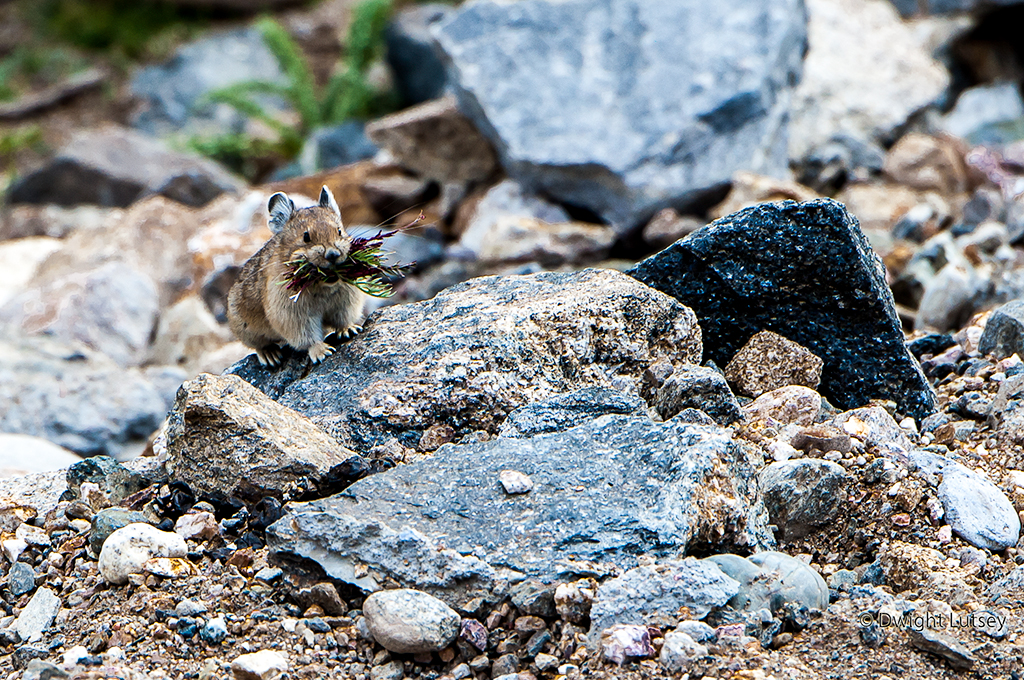See way back in there where there’s that black doorway? Let’s go in there. There has got to be something really cool back in there. Let’s go check it out. Many times you’ve been watching one of those movies where there are a bunch of teenagers in an old spooky place and one of them says “Hey, Let’s go in the basement. What’s the worst that could happen?” Why wouldn’t there be a deranged guy with a chainsaw down there in the dark.
But that’s Hollywood and this is real life. There’s no chainsaw toting guy in there. The Anasazi didn’t have chainsaws. It’s unclear if they even had metal. The darkness of that doorway draws you in, you know you want to see what’s in there. Was it simply a storage room or was it used for a far different purpose? Are there secrets you can see on the walls, written maybe way high up where the writer had to stand on someone’s shoulders to put his message there. Maybe it was the bedchamber of some Anasazi princess that waited endlessly for the King to visit. Or a place where they kept the royal scrolls filled with the history and exploits of heroes long dead. Can’t tell standing here. We need to go in.
How come we’re like that? Cursed with an undying curiosity to find stuff out. I guess you might not be but I am. For me it is the constant desire to find out the rest of the story. You may remember Paul Harvey, the man with a million stories. He’d start a story and you would be riveted in your seat as you listened to it unfold, knowing that was more here than met the eye, or in this case the ear, as he led you down the stories’ trail. Then just as he’d get to the part that explained it all he’d go for a commercial break and you’d be left hanging there, waiting for the rest of the story. He’d always come back and tell you the surprise ending, unless you were unlucky enough to have someone change the station, or the radio signal would conk out, then you’d be stuck.
Then you’d be left waiting for the rest of the story, sometimes for days, sometimes for years. I never remember the completed stories, they’re gone from my memory. But I do remember the ones I missed the endings of. Even now to this day, decades later in some cases, I’m waiting for the rest of the story. I’ll know it when I hear it. Every once in a while I would get the answer to one of those uncompleted stories and I’d feel like I had gotten a present. The, “Oh, So that’s the rest of the story” feeling. That was always a very good feeling, a satisfied feeling.
So right now we don’t know what went on in that room back there in the dark. The story’s not finished, Let’s go find out.



You must be logged in to post a comment.